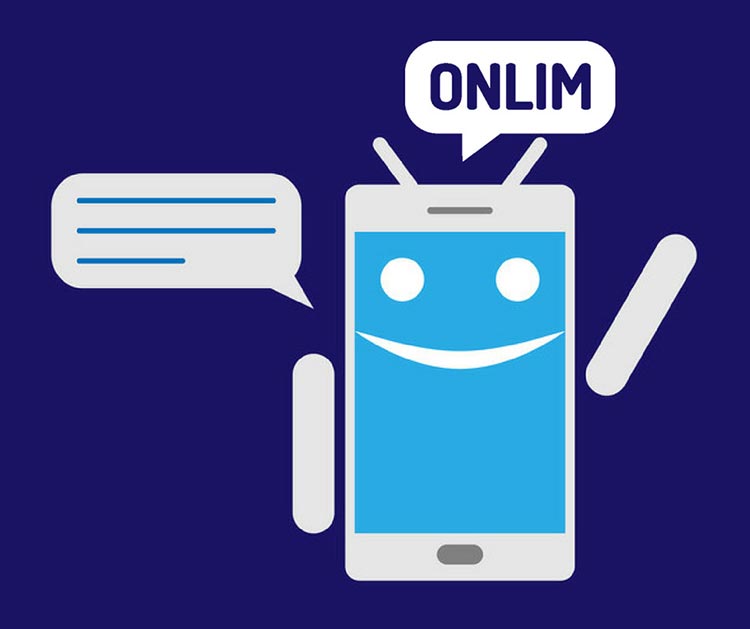Live Chat Statistics: High Potential For Customer Service
In the past, a telephone call was the most common way of contacting a business. Today the options for contacting a company have become much more diverse. The customer has a lot of alternatives to avoid unnecessary waiting loops in a telephone hotline and to contact the right contact person as soon as possible.
Especially, live chats enjoy increasing popularity in businesses during the last years. The following article gives you an overview of the most important live chat statistics and shows you how popular the communication cannel is with users and companies, how it can be used in the future and what obstacles are holding companies back at the moment.
Most relevant live chat statistics
What makes live chats a promising communication channel?
First, it is important to understand why live chats are promising for businesses. If you think about what makes good customer service, two basic requirements are predominant:
On the one hand, contacting companies must be simple. On the other hand, customers expect an immediate answer to their question or support in solving their problem. A live chat can meet both requirements easily if it is used correctly.
Status Quo: Customer requirements for live chats
Speed is an important factor. The more possibilities to contact companies occur, the more impatient customers are becoming. A study by Hubspot concludes that users expect an answer within ten minutes of making contact. (Hubspot: Live Chat Study – 2018)
However, a crucial problem in meeting these requirements is internal communication. Employees currently need around ten percent of their working time to gather the information they need for customer inquiries. (Hubspot: Live chat study – 2018)
Obsolete silo structures often lead to internal coordination problems, which slow down a timely response. Many companies still have a lot of improvements to make in order to meet user requirements.
Further read: Can A Chatbot Replace Your Intranet?
In addition to speed, users want to be able to talk to different employees via live chat. Customers want to be able to reach out to marketing, sales or customer service. So far this is only possible in very few companies. (Hubspot: Live chat study – 2018)
The MessengerPeople survey has focused on the popularity of different communication channels are. The result: Live chats are in second place behind messenger services. (Messenger People Study – 2018)
>> Try Onlim LiveChat for FREE.
Live chats from a business perspective
Now that we have looked at the requirements and preferences of customers, it is interesting to see how the topic is perceived by companies themselves.
The global live chat software market is expected to grow to $987M by 2023 from $590M in 2016. This growth is mainly driven by the desire to offer greater customer satisfaction and consumers’ growing comfort with live chat.
A survey by Kayko showed that a live chat does not only have a positive influence on customer satisfaction. 79% of companies say that a live chat also has a positive impact on sales, revenue and customer loyalty. (Kayko: Live Chat Statistics – 2018)
Despite these numerous advantages, many companies are still increasingly relying on traditional communication channels. 42 percent of companies still believe that their customers prefer telephone support and invest in this channel. (Kayko: Live Chat Statistics – 2018)
In summary, live chats continue to be a good way for companies to meet user needs. However, it is often the lack of internal structures, silo thinking and a traditional focus on telephone support that hinder profitable use.
Are you ready to implement a live chat for your business? Try Onlim LiveChat for free.
What are Large Language Models (LLMs)?
March 18th, 2024|
What are chatbots and how do they work?
November 23rd, 2023|
The AI Act and its impact on the use of chatbots
October 27th, 2023|



